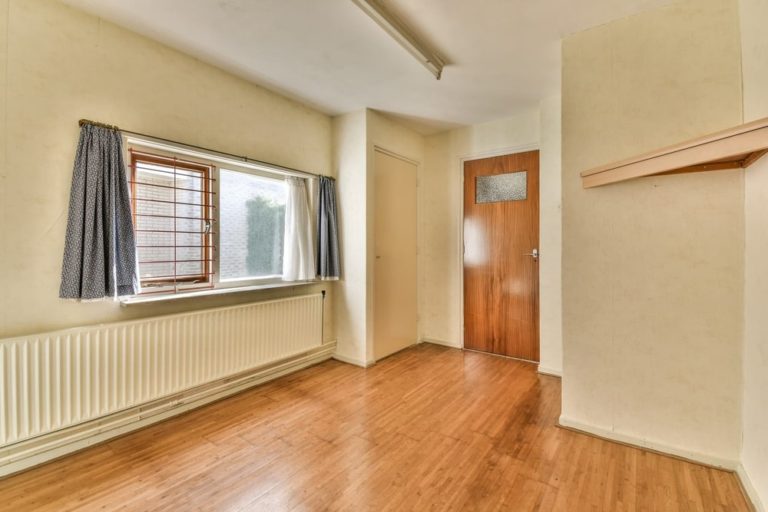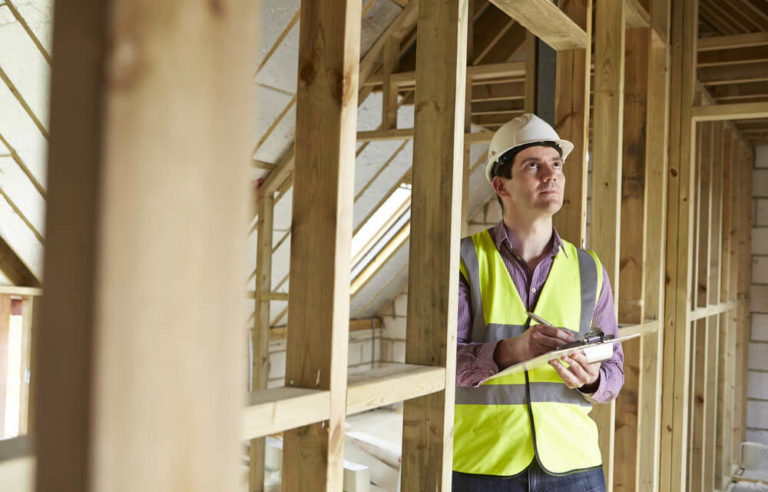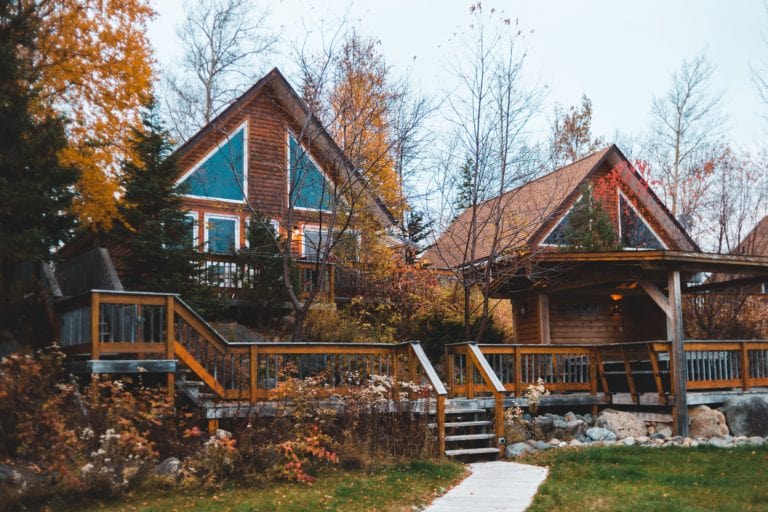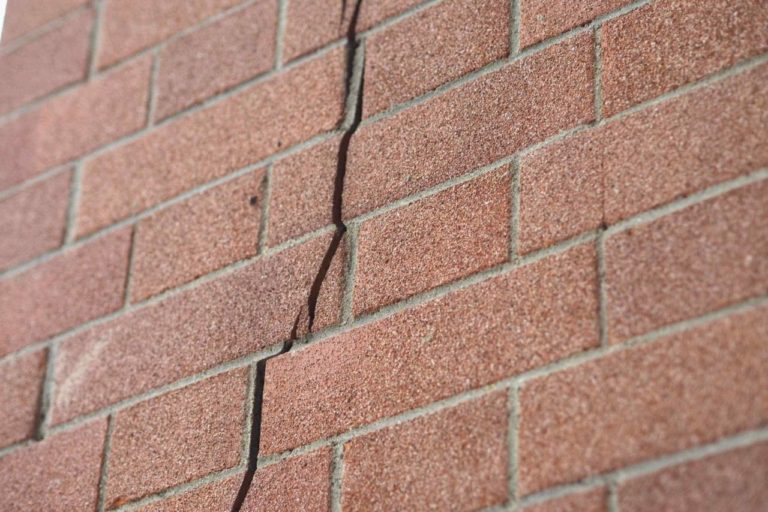Cracks are common to find around your house. Some are harmless, while others may be indicative of greater issues. Judging which cracks are menial and which are serious can be quite challenging. This blog will guide you through the process of determining if a crack in your basement wall should be of great concern.
Full disclosure: every house and every crack is different. These are recommendations and judgements based on research and experience. For instance, some vertical cracks may be worse than some stair cracks. It is best to have an experienced professional survey the area and use their judgment to provide an educated recommendation. Only then will you have an accurate analysis of the situation?
How big is it?
Serious or Trivial?
Hairline cracks near doors or windows are not serious as they usually occur due to changing seasons and weather. If the crack is over a quarter-inch wide, there may be damage to your house’s foundation. A good rule of thumb is: if a dime can fit into the crack, get it checked out. Additionally, long splits can be just as dangerous as wide ones. If it seems unusually long, get it checked.
Potential Further Damages
If left unchecked, cracks can expand and lead to more complications. These complications can be irregularities within the house’s structure; however, they could cause a part of the house to collapse. Splits in the walls are usually evidence of unseen structural issues as well. All in all, if the crack is as big as described earlier, get it inspected by a qualified expert.
How to Fix and/or Prevent
If the gap is big, you should have your house professionally inspected. They will most likely be able to determine why the crack occurred, whether it is serious, and how to fix it. To continue, it is best to notice cracks in their beginning stages and follow their progression. Notice if they are increasing in width and length or if other cracks emerge from the same area. If either of these are occurring, consult a professional. Also, if there have been any new additions, renovations, or changes to the house’s structure, keep note of any new breaks in the walls to follow their advancement.
Discolouration
Serious or Trivial?
If there are changes to the colour of the cracks in your ceiling or floor, there is most likely a moisture breach causing water damage. This moisture deteriorates the drywall and leads to splits. This is serious as there is probably a leak in your house. If left untreated, the moisture can damage further areas of your house, causing more structural issues.
Potential Further Damages
If moisture is left to build up in your house, it will cause water damage. Water damage can cause structural problems, mould, bad smells, stains, floods, further issues, etc. Discolouration within cracks should not be ignored.
How to Fix and/or Prevent
The leak must be found and fixed as soon as possible to fix this issue. Only then can the crack be fixed as the moisture build-up will continue to damage the wall. To prevent this from occurring, all windows and entry areas should be checked near the fracture of the wall (including floors above) to ensure that they all are sealed correctly. Again, the best way to fix the issue is to contact a professional.
What Type of Crack?
Serious or Trivial?
Most often, vertical cracks are not to be worried about. Unless they are very wide and long, they do not commonly indicate damage to the foundation. On the other hand, If the vertical break widens near one or both ends, it should be taken seriously. Horizontal cracks are more damaging to the foundation and are more serious. Hairline cracks, unless overly long or seen all over the house, are harmless and should only be worried about if they continue to grow. L-shaped cracks are not to be worried about too much as they commonly do not cause structural issues. However, it is best to plug them up as they may expand or lead to moisture issues. Stair cracks are dangerous and should be worried about. They commonly show because there is a major issue within the foundation. Diagonal cracks usually fall under the vertical section but could be horizontal cracks as well.
Potential Further Damages
Similar to the first point, some cracks may have no impact on the structural integrity of the house/building. They could be caused due to the house setting or natural seasonal changes. On the contrary, some may be caused by hidden, significant circumstances.
How to Fix and/or Prevent
When determined they are not causing structural damage, less serious cracks can be repaired easily. Some can easily be painted over if they are just slightly cracked on the surface. Other small ones can be filled using small amounts of concrete or filler to seal the cracks. They can then be sanded down and painted over. Any big cracks should not be fixed personally; instead, seek the expertise of a professional.
Extra Tips
Location of cracks: More serious Fissures show up on foundation walls.
Structural vs non-structural cracks: Structural cracks have more severe consequences as the house’s integrity is at risk. Non-structural breaks pose less serious damage or no damage at all. Structural fractures should not be fixed without the services of a professional knowledgeable in the industry. A homeowner can fix non-structural fractures given they conduct proper research into the crack and can determine it is a non-structural fracture without a reasonable doubt.
Who to Contact
Professionals to contact when a split needs to be looked at include structural engineers, geostructural engineers, foundation repair contractors, and foundation specialists.
If you need a professional inspection within the Ottawa area or require more information on wall cracks, call our office at 613-663-5605.
Works Cited
15 Reasons Why You Shouldn’t Ignore Water Damage. (2019, February 12). Retrieved from Home Angels: https://homeangelsfl.com/water-damage-issues-you-shouldnt-avoid/
Edens Structural Solutions . (2019, August 12). 6 Most Likely Reasons You’re Seeing Cracks in Your Walls. Retrieved from Edens Structural Solutions : https://edensstructural.com/6-most-likely-reasons-youre-seeing-cracks-in-your-walls/
Huber, J. (n.d.). 4 Signs of Foundation Problems. Retrieved from Houselogic: https://www.houselogic.com/organize-maintain/home-maintenance-tips/understanding-foundation-problems/
Ohio Basement Authority. (n.d.). DIFFERENCE BETWEEN STRUCTURAL CRACKS & NON-STRUCTURAL FOUNDATION CRACKS? Retrieved from Ohio Basement Authority: https://ohiobasementauthority.com/resources/foundation-repair/difference-between-structural-cracks-and-non-structural-foundation-cracks/
Postmedia News. (2015, January 10). Mike Holmes: How to recognize a problematic foundation crack and what to do about it. Retrieved from National Post: https://nationalpost.com/life/homes/mike-holmes-how-to-recognize-a-problematic-foundation-crack-and-what-to-do-about-it







